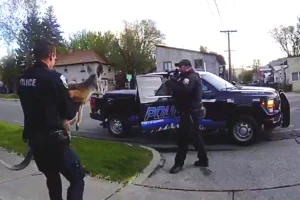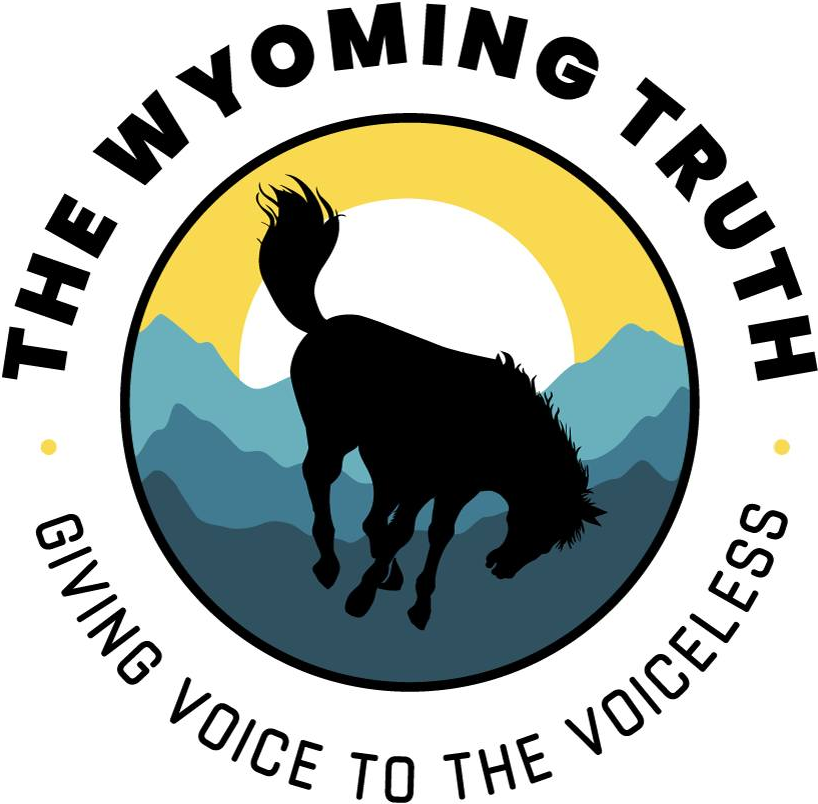FRIDAY FOCUS: Cheyenne Rancher Discusses Concerns Within Agricultural Industry
Mark Eisele sees government overreach, water rights and inflation as major issues
- Published In: Other News & Features
- Last Updated: Jan 27, 2023

By Shen Wu Tan
Special to the Wyoming Truth
Not everyone is cut out for the realities of ranching. After all, the hours are long, the weather can be problematic and the management of cattle is challenging at best.
But Mark Eisele is: Cattle ranching is ingrained in his DNA—and he’s living his childhood dream.

Eisele, 65, grew up on a family ranch, and today, he owns King Ranch, a 32,000-acre cow/calf cattle ranch, in Cheyenne. As a teenager, he worked weekends and summers there, doing farm work, building fences and tending cattle. In the 1990s, Eisele bought into King Ranch to become a junior partner and then took over as sole owner in 2011.
The cattleman loves everything about ranching: witnessing the change of the seasons, spending time outdoors with his cows, catching the sunsets and sunrises, working closely with his three adult children and Trudy, his wife of 43 years, and carrying out the diverse range of daily tasks required to operate a ranch.
Eisele also is vice president of the National Cattlemen’s Beef Association (NCBA). He joined the organization about 14 years ago after working with his county’s agricultural groups. That led him to join the Wyoming Stock Growers Association, which works closely with the NCBA.
As vice president, Eisele partners with other agriculture industry leaders to promote grassroots policies. Come next week, he hopes to be selected as the group’s president-elect. By taking on the role, Eisele believes he will help others thrive in the cow business, effectively paying forward a debt to his mentors who helped him succeed.
The Wyoming Truth recently spoke with Eisele about ranch life and issues facing the agricultural industry. What follows are excerpts from the interview.
What are the biggest challenges facing the cattle industry?
Eisele: Government overregulation, ESA [Endangered Species Act], estate tax issues, right to farm laws, market access, international trade access and disease protections like foot and mouth vaccinations. All of them are incredibly important. I think the inflation thing and our output versus input costs are absolutely huge. You’re getting great prices, but if it’s costing you even more than it costs to produce, you’re in trouble.
We’re certainly concerned about water rights since the Colorado River is dry. The southern states, the southwest states are in trouble. We want to make sure they don’t try to continue to reach upstream and extinguish our water rights so they can have water down there. They have not done a good job regulating their water use, and we shouldn’t have to pay for that mistake.
How can Rep. Harriet Hageman help the agricultural industry during her time in office?
Eisele: I would probably tell newly elected representative Harriet Hageman the things she could do to help industry would be uniting and understanding of ag organizations and their goals, the danger of petty differences of a problem. We already agree on 90% of the issues. “United we stand, divided we will fall.” Don’t let the 10% be our downfall.
Harriet comes from a family that are calf supporters…. And we have a different view on a couple of issues. One of them is mandatory country of origin labeling, and the other is price transparency…. I hope she’ll be open minded and be receptive to our actions and ideas. I’m looking forward to working with her. I anticipate some good things. But I’ll offer that as an olive branch right upfront.
What, if anything, should state legislators do to help ag producers? Any pieces of legislation you would like them to pass?
Eisele: I would like the state legislators to focus on some of the things that could actually help us, like protecting our water rights and water use, our property rights, corner crossings, state lands use and protecting us from urban sprawl. I think fully funding some ag agencies, like the [Wyoming] livestock board, would be another one that would be good…. That’s the organization, the entity that oversees livestock law enforcement, brand inspection, health concerns, that sort of thing.
I think one piece of legislation that’s been introduced – and I would love to see it pass – would be the Senate bill that helps us with developers in the construction or improvement of fences between agricultural operations and subdivisions. Wyoming is what we refer to as a “fenced-out state.” If you don’t want somebody’s livestock in your place, you are required to build a fence to fence them out…. So, good fences make good neighbors.
Do you watch the TV show “Yellowstone?” If so, does it accurately depicts cowgirls, cowboys and ranchers?
Eisele: I get asked about this a lot. If you took the sex and drama and the so-called train station out of it, we actually have some very similar problems with politics, developers and market viability of our products. We are constantly under siege. That part is very real, as is the love of our land and lifestyle.
How has the industry evolved over time?
Eisele: I’ve been involved with ranching all of my life. And while operators are getting older, there are young people who are very good at adapting technology and want to be active participants in agriculture. This is a very good development. But the capital to get into an operation can be a hurdle.
There are some ranches that have disappeared, but most [have been] combined for larger operations with the same operators or maybe new owners. The cattle business is very efficient. We must continue to be proactive and work hard for fair treatment and good prices for a commodity that is in demand.
The cattle industry, as a whole, has faced criticism from environmental groups. Is it taking any steps to address their concerns?
Eisele: The criticism we have faced from environmental activists is unfounded. We are incredibly efficient. We now raise the same amount of beef that we did 30 years ago with 30% fewer cattle and a 40% reduced carbon footprint. Cattle grazing improves grassland and soil health and carbon storage. Grazing reduces the risk of catastrophic wildfires. Cattle are ruminants that recycle CO2 as part of the carbon cycle. Cattle upcycle a diet that is 90% otherwise edible to humans. Cattle methane accounts for only 2% of all greenhouse gas emissions – actually, a pretty good record. We also protect water, air and wildlife habitat.
What will happen to your ranch when you retire?
Eisele: My family plans to take over the ranch, as we have a transition plan that we are actually implementing to bring young producers in and develop their own herds and management styles along with tax planning, legal structures and financial planning, etc. I have two daughters, a son and a son-in-law who’s actively involved. He’s day-to-day with the oldest daughter…She’s our office manager, and she works the ranch also. My youngest daughter is back at the ranch, and she’ll be both a partner and employee. And my son works for us part time. He has a full-time career, but I think he has plans to return to the ranch full time.
I’ll never really retire, but they will all have a hand in management and defining the direction that the ranch goes….I guess you can say they [his three adult children] are all stockholders [in the ranch], as [are] my wife and myself. I have high hopes for the future of ranching.













